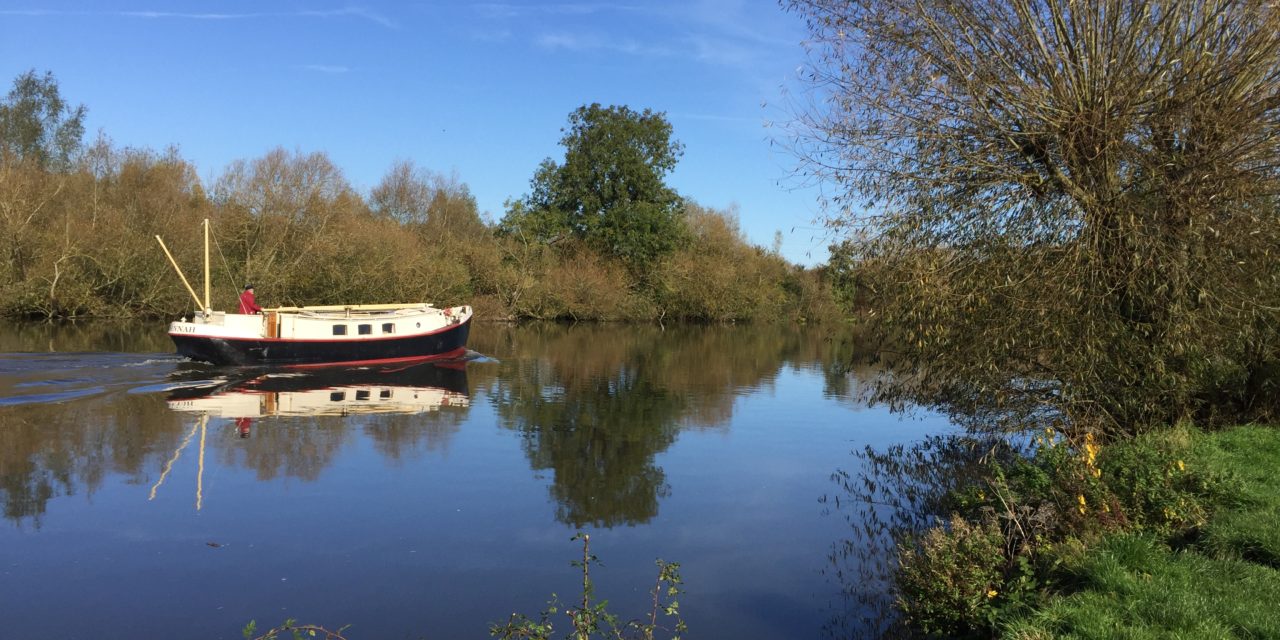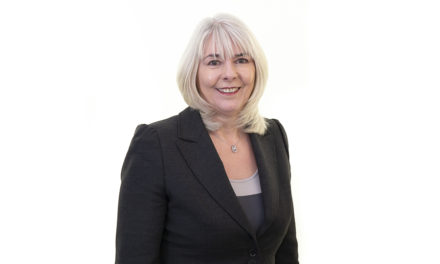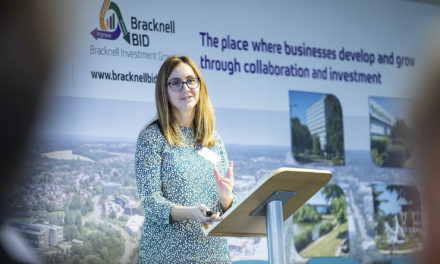Following our story in which South Oxfordshire councillor, Cllr David Bartholomew, argued that the third Thames bridge for Reading is now irrelevant, we asked for an expert view from transport planners at Thames Tap partner mode. And mode associate Chris Holdup sees a way through.
On the face of it, the argument that environmental issues and the Covid-19 crisis have made the third bridge proposal in Reading irrelevant seems difficult to argue with.
We’ve given our views here before in the early stages of the lockdown, posing what legacy social distancing measures may have on the future of travel and that, perhaps, this could be a catalyst for dealing with what many believe to be a climate emergency.
The question is whether that makes the third bridge irrelevant. There are two sequential parts to this in our view. Firstly, will there remain a sustainable role for cars by the time a bridge is built? And, depending on the extent of that, what value would this bridge bring.
We have to commend the never-seen-before and ambitious thinking in the industry and Government, with regards to raising sustainable travel in a post-Covid-19 world.
Alas, such a utopia is facing reality and with traffic volumes returning, even the most optimistic may agree we haven’t seen the end of the car just yet.
The longer-term view is that this need not be an issue and we should continue to invest in less carbon intensive road vehicle technologies.
How we use vehicles is also changing, and we can expect continued furthering of the shared economy model of not owning a car and, in turn, one day expecting a noticeable prevalence of more efficient, autonomous vehicle travel (in and amongst a range of linked travel modes, potentially at the tap of a phone screen).
If we accept that meaningful traffic volumes are here to stay for the foreseeable future, then what may a third bridge achieve?
Well for a start, the intention is this would provide a continuation of the A329(M), instantly removing much of the Oxfordshire-Berkshire-Reading through-traffic.
One may anticipate that it would fix more air quality and congestion issues than any number of realistic sustainable travel measures in the town could achieve.
Crucially, this will also transfer traffic into a more manageable arena of strategic roads.
Building new roads gets bad press because, on the face of it, additional road capacity is believed to mean more cars.
Whilst there is, of course, much truth in this, this is perhaps too broad a view here. If moving inevitable Reading through traffic elsewhere means that roads in Reading can finally realise greater road space for walking, cycling and buses, then that’s the other side of the coin that is often overlooked, and surely worth remembering.
Instead of looking at Caversham Bridge and Reading Bridge as being left with nothing to do once a third bridge is in place, why not imagine these to be bridges fitting of any modern European city – lightly trafficked and part of the setting, otherwise allowing free movement of buses, cyclists and pedestrians.
This is what the draft Reading Transport Strategy is all about, and perhaps, why even this sees a role for a third bridge; not just for cars but also to enable a more complete mass rapid transit network linking new park & ride sites to the north of Reading with areas south of the river.
© Thames Tap No 221 (powered by ukpropertyforums.com).
Please rate this article out of five stars below. You can comment too, using the form at the bottom of the page.













